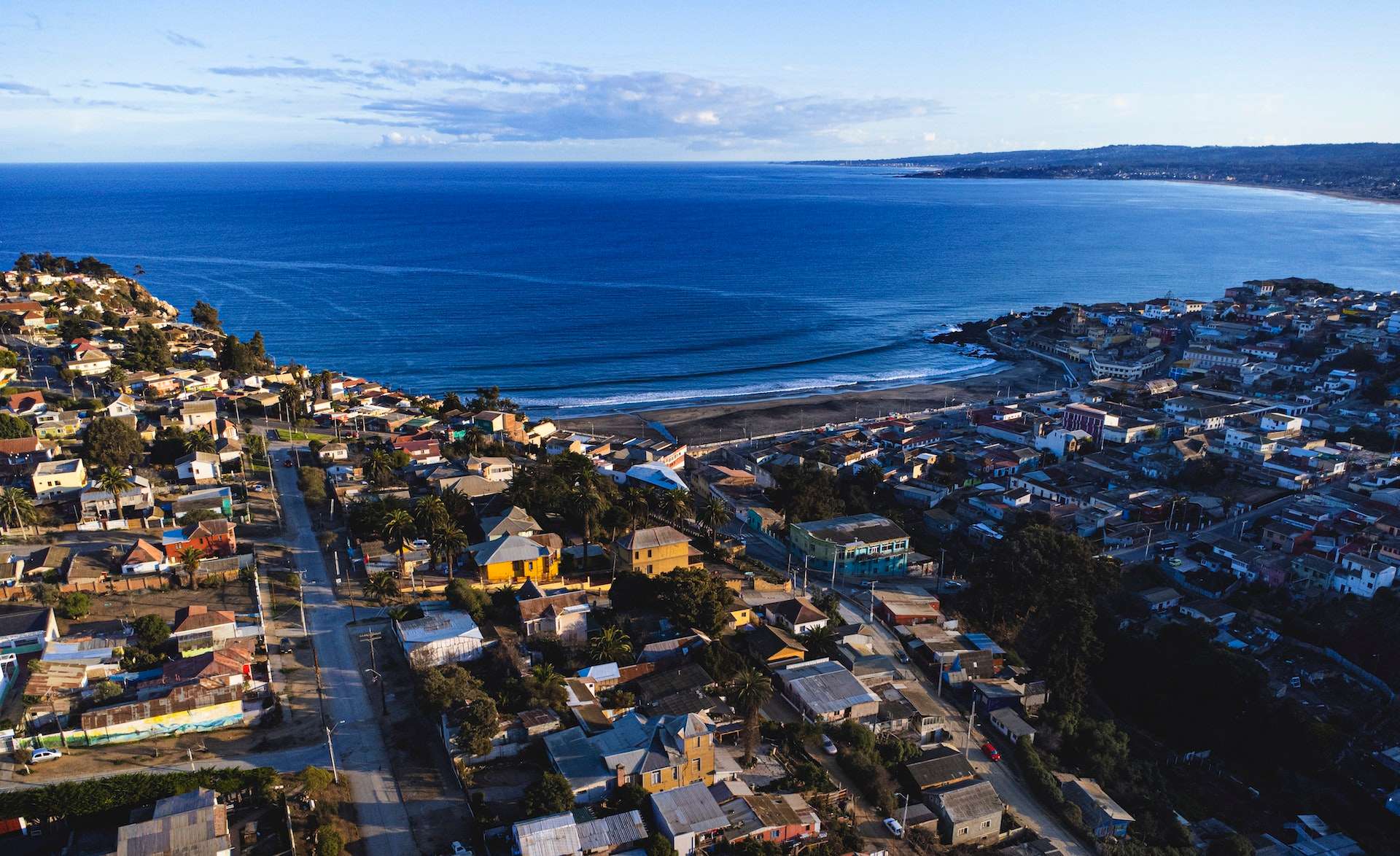Uyuni museums are a must-see destination for anyone interested in the history, culture, and art of Bolivia. The small town of Uyuni is located in the southern region of the country and is home to several museums that offer a glimpse into the country’s past and present. In this article, we will take a closer look at the most popular museums in Uyuni and provide information about the types of art and artifacts on display, special exhibitions, history, and background, and availability of guided tours.
1. Uyuni Salt Flat Museum
The Uyuni Salt Flat Museum, also known as the Museo Salar de Uyuni, is one of the most popular museums in Uyuni. It is located in the heart of the town and offers a comprehensive look at the history and culture of the region. The museum features a variety of exhibits that showcase the history of the salt flats, including the tools and techniques used to extract salt, the history of the indigenous people who have lived in the region for centuries, and the impact of the salt industry on the local economy.
Exhibits:
The museum has several exhibits that provide a comprehensive look at the history and culture of the region. Some of the exhibits focus on the geology of the salt flats, while others highlight the indigenous people who have lived in the region for centuries. There are also exhibits that focus on the tools and techniques used to extract salt, as well as the impact of the salt industry on the local economy.
Special Exhibitions:
The Uyuni Salt Flat Museum regularly hosts special exhibitions that showcase the work of local artists, photographers, and other creatives. These exhibitions provide visitors with an opportunity to see the work of talented local artists and gain a deeper understanding of the culture and history of the region.
Guided Tours:
The Uyuni Salt Flat Museum offers guided tours in Spanish, English, French and German. The tours are led by knowledgeable guides who provide visitors with a deeper understanding of the history and culture of the region.
2. Uyuni Train Cemetery
The Uyuni Train Cemetery is a popular attraction for visitors to Uyuni. It is located on the outskirts of the town and features a collection of abandoned trains that were once used to transport goods and passengers throughout the region. The cemetery offers a unique glimpse into the history of transportation in Bolivia and the impact of the railway on the local economy.
Exhibits:
The Uyuni Train Cemetery features a collection of abandoned trains that were once used to transport goods and passengers throughout the region. Visitors can explore the trains and learn about the history of transportation in Bolivia, as well as the impact of the railway on the local economy.
Special Exhibitions:
The Uyuni Train Cemetery does not have any special exhibitions, but the abandoned trains themselves are a special exhibit in themselves.
Guided Tours:
The Uyuni Train Cemetery offers guided tours in Spanish, English, French and German. The tours are led by knowledgeable guides who provide visitors with a deeper understanding of the history and impact of the railway on the local economy and the history of transportation in Bolivia.
3. Uyuni Folklore Museum
The Uyuni Folklore Museum, also known as the Museo Folklorico de Uyuni, is a popular destination for visitorswho are interested in the culture and traditions of Bolivia. The museum is located in the town center and features a variety of exhibits that showcase the art, music, and customs of the region. Visitors can learn about the traditional dress, textiles, and pottery of the indigenous people who have lived in the area for centuries, as well as the impact of Spanish colonization on local culture.
Exhibits:
The Uyuni Folklore Museum features a variety of exhibits that showcase the art, music, and customs of the region. Visitors can learn about the traditional dress, textiles, and pottery of the indigenous people who have lived in the area for centuries, as well as the impact of Spanish colonization on local culture. There are also exhibits that focus on the music and dance of the region, including traditional instruments and costumes.
Special Exhibitions:
The Uyuni Folklore Museum regularly hosts special exhibitions that showcase the work of local artists, artisans, and other creatives. These exhibitions provide visitors with an opportunity to see the work of talented local artists and gain a deeper understanding of the culture and traditions of the region.
Guided Tours:
The Uyuni Folklore Museum offers guided tours in Spanish, English, French and German. The tours are led by knowledgeable guides who provide visitors with a deeper understanding of the culture and traditions of the region, as well as the impact of Spanish colonization on local culture.
In conclusion, Uyuni museums are a must-see destination for anyone interested in the history, culture, and art of Bolivia. Each of these museums offers a unique glimpse into the past and present of the region, and with the availability of guided tours, visitors can gain a deeper understanding of the local culture and traditions. Whether you are interested in the geology of the salt flats, the history of transportation, or the art and customs of the indigenous people, there is something for everyone at the museums in Uyuni.



